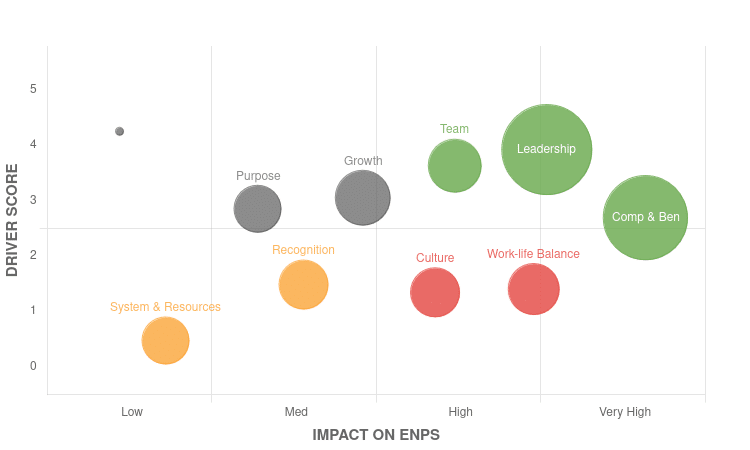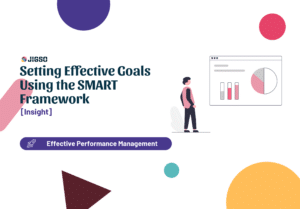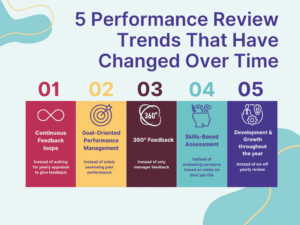In the dynamic landscape of Human Resources, strategic decision-making relies heavily on insights derived from data analysis. One such powerful tool is the Key Driver Analysis (KDA), which allows HR to delve deep into employee feedback to discover important factors influencing organisational outcomes.
In this guide, we will explore how HR professionals can leverage the results of a Key Driver Analysis to drive actionable insights, guide decision-making processes, and steer strategic roadmaps.
Understanding Key Driver Analysis
At its core, a Key Driver Analysis involves conducting statistical methods to determine the strength and direction of relationships between a dependent variable or outcome variable (e.g., sales revenue, employee satisfaction) and a set of independent variables (e.g., product quality, HR-policy).
By examining the coefficients or weights associated with each independent variable, we can pinpoint which factors have the greatest impact on the outcome of interest. These factors are referred to as ‘key drivers’, and can serve as actionable insights for businesses that are looking for ways to enhance the outcome variable of interest.
The Potential for HR
Open-ended survey responses can offer a wealth of information about employee sentiments, perceptions, and experiences within the organisation. The Key Driver Analysis (KDA) presents a structured methodology to unlock the hidden value within these responses by systematically extracting meaningful information.
This process begins with the extraction of key themes or ‘drivers’ from open-ended survey responses using advanced natural language processing (NLP) techniques. These drivers are inherently valuable, as they unveil the primary factors being voiced by respondents. However, we can enhance our understanding of these drivers by conducting a sentiment analysis and impact analysis.
In the sentiment analysis, a sentiment score is assigned to each driver based on the polarity of the associated text, discerning whether respondents perceive the driver positively, negatively, or neutrally. In the Impact Analysis, statistical techniques are used to determine the magnitude of impact of each driver on the key variables of interest.
The Four Zones of Interest
The culmination of a Key Driver Analysis is the categorization of drivers into four distinct zones based on their sentiment scores and impact levels. These zones serve as a visual framework for interpreting the significance of each driver in driving outcomes:
- The Observation Zone
Drivers falling within this zone exhibit low Sentiment and Impact scores. They hold minimal influence over desired outcomes and are primarily kept under observation. However, vigilance is necessary to prevent their potential escalation and unexpected impacts on organisational performance. - The Opportunity Zone
In this zone, drivers boast high Sentiment scores but low Impact scores. They represent areas ripe for improvement or enhancement, despite not exerting significant influence on outcomes presently. HR can leverage these drivers to optimise processes and strategies for future benefits. - The Intervention Zone
Critical areas demanding immediate attention reside in the Intervention zone. These drivers exhibit high Impact scores paired with low Sentiment scores, indicating their pivotal role in influencing outcomes negatively. Addressing issues within this zone is imperative for mitigating risks and enhancing overall organisational performance. - The Nurturing Zone
Drivers nestled within the Nurturing zone exhibit high Sentiment and Impact scores, signifying their pivotal role in driving positive outcomes. HR must prioritise nurturing and enhancing these drivers to sustain or amplify their beneficial impact on organisational performance.

Conclusion
By identifying the Key Drivers of Employee Satisfaction, HR can tailor interventions and initiatives to address areas of concern, enhance organisational culture, and improve employee well-being.
Whether it’s implementing flexible work arrangements to improve work-life balance, providing leadership training programs to foster effective management practices, or offering career development opportunities to boost employee morale, KDA empowers HR professionals to make data-driven decisions that positively impact the workforce and drive organisational success.



